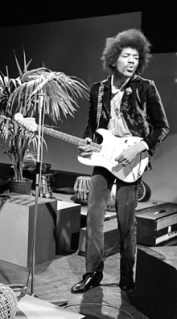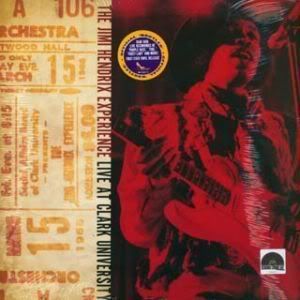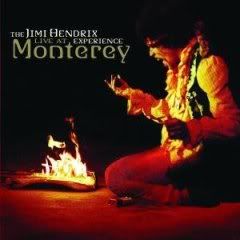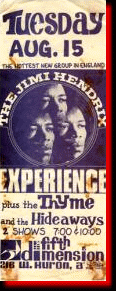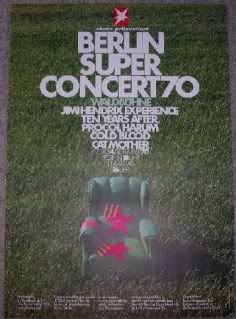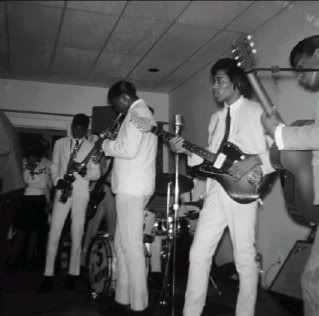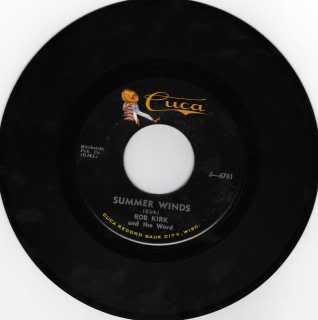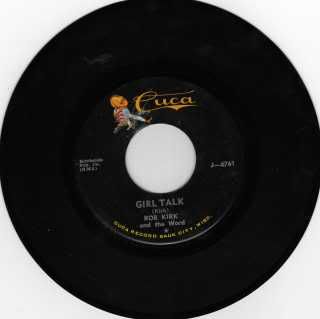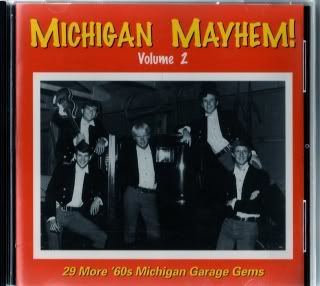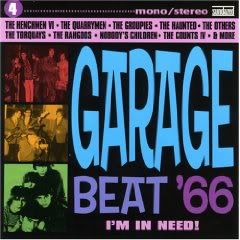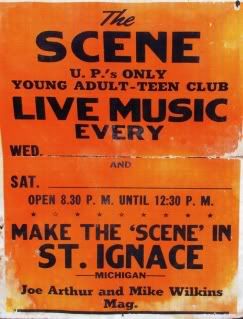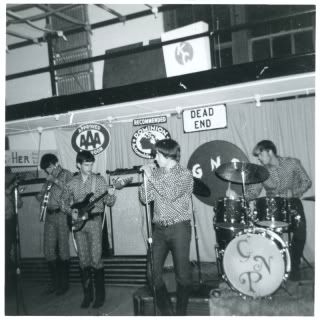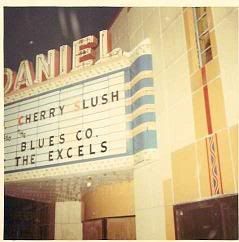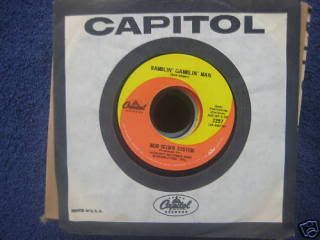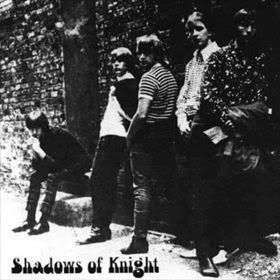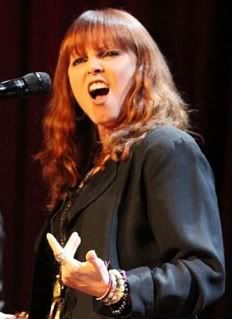
Vocalist Pat Benatar performed at the Island Resort
and Casino in Harris last weekend, singing many of her hits
from the 1980s.
By STEVE SEYMOUR
Singer Pat Benatar demonstrated how her vocal gifts have powered her 30-year career during a pair of shows at the Island Resort and Casino last weekend.
The four-time Grammy Award winner tore through a 14-song setlist, playing her last major hit first and her first hit last.
Benatar shared top billing with husband Neil "Spyder" Giraldo who also serves as lead guitarist and keyboard player in her band. They were backed by bassist Mick Mahan and drummer Myron Grombacher who was isolated by a shield of transparent panels.
My wife Sue and I watched the April 23rd show from our seats in the second row.
Clad in a long black jacket and black pants, Benatar opened the show with 1988's "All Fired Up," her last entry in the Top 40 chart.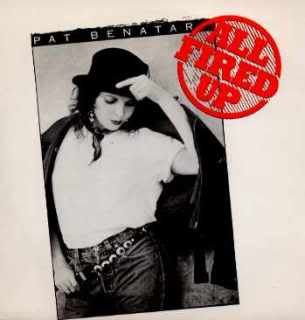
The audience cheered during "Shadows of the Night," a No. 13 smash from 1982, released just months after Benatar and Giraldo were married.
"Where the hell are we? We were driving and flying and it took forever to get here. Are you all from here?" Benatar asked as she greeted the Upper Peninsula crowd.
The singer promised a new show for her summer tour and announced she'd written her autobiography, due to be published on June 15.
Benatar then sang "Somebody's Baby," a song from 1993 she said wasn't a hit but was an important part of her discography. A video of the song was shot in Los Angeles drawing attention to the plight of homeless people, Benatar noted.
Pacing the front of the stage, Benatar gave a spirited take on "Invincible," the theme from the motion picture "Legend of Billie Jean," starring Helen Slater. Benatar said the song was featured in "the worst movie ever made." She dedicated the performance to the "people fighting for peace" and ended by flashing the peace sign to the audience.
Benatar shook a tambourine during "Let's Stay Together," also issued in 1993.
Giraldo moved to keyboards for the next selection, culled from 1979's "In the Heat of the Night," Benatar's first album. The two played "We Live for Love" but in a version which was slower than the original recording.
With Giraldo on acoustic guitar, the pair delivered a spirited "You Better Run," originally a hit for the Rascals in 1966. The two were obviously having fun performing the tune. 
Benatar's version of "You Better Run" was the second video played on MTV, after "Video Killed the Radio Star" by the Buggles. Because the Buggles didn't have a guitarist, Giraldo became the first guitar player to appear on the music channel, Benatar told the crowd.
For the next number Benatar asked fans to point their cell phones toward the stage and sway like audiences in the past used to do with their Bic cigarette lighters. With Giraldo on keys, the band then played "We Belong," a Top Five song from 1984 and Benatar's biggest charting hit. Benatar gave Giraldo a kiss when the song ended.
"Now that I'm 57, I get to make my own rules. When we get to the part I don't like to sing, you have to sing," Benatar said before "Hit Me With Your Best Shot," known by many as her signature song. The audience responded as Benatar asked: "Come on, hit me with your best shot. Fire away."
The song was originally contained on "Crimes of Passion," Benatar's second album, released in 1980.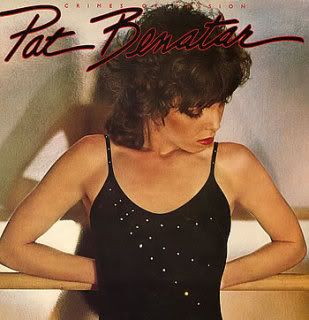
Benatar recalled being shocked reading about child abuse in the New York Times. She responded by co-writing "Hell is for Children" with Giraldo and the band's former bassist, Roger Capps. "We'll play this song at every show until every child everywhere is safe," she said.
With Giraldo on keys and guitar and powerful rhythm back-up from Mahan and Grombacher, Benatar offered a ferocious take on the song. She sang the lyrics with emotion: "They cry in the dark so you can't see their tears. They hide in the light so you can't see their fears."
"It's time to put on your dancing shoes," Benatar announced before launching into "Love Is a Battlefield," which reached the Top Five in 1983. The band rocked out on the tune and left the stage.
Returning for an encore, the band performed "Everybody Lay Down" as some fans moved to the front of the stage. Benatar said the song from 1993 was "about complacency."
"I'm sure just about everybody here knows the words to this song," Benatar said before singing "Promises in the Dark." The song, which Benatar composed with Giraldo, reached the Top 40 in 1981.
Benatar ended the concert with "Heartbreaker." Her first hit in 1980, the live version included a stunning guitar solo by Giraldo. 
In a frenzy at the end of a 90-minute show, the audience gave the performance a standing ovation.
Like countless shows before, Benatar's mezzo-soprano vocal range carried the evening, with fine accompaniment from her veteran band.
Benatar's talents have been widely recognized. She won Grammy Awards in four consecutive years for the "Crimes of Passion" album and the songs "Fire and Ice," "Shadows of the Night" and "Love Is a Battlefield."
She has recorded a dozen albums for Chrysalis Records, not including a handful of greatest hits collections.
Since her heyday in the 1980s, Benatar has had minor hits with "Christmas in America" in 2001 and "Have It All" in 2003.
The petite songstress was born Patricia Mae Andrzejewski on Jan. 10, 1953. She grew up in Lindenhurst on New York's Long Island where her parents dismissed rock but encouraged her training in classical and theatrical music. At 19 she married Dennis Benatar, her high school sweetheart.
Working as a bank teller in Richmond, Virginia Benatar decided to pursue a singing career after seeing Liza Minnelli perform in 1973. Two years later, she was "discovered" at an amateur night at Catch a Rising Star in New York and performed there regularly for almost three years.
Benatar also played dates at New York's Tramps night club in 1978 where she was spotted by talent scouts from several record labels. She was signed to Chrysalis Records and had her debut album in shops by the summer of 1979.
The first two singles from the LP failed, but the third was a charm. "Heartbreaker" became her first hit in early 1980 and as they say, the rest is history.
